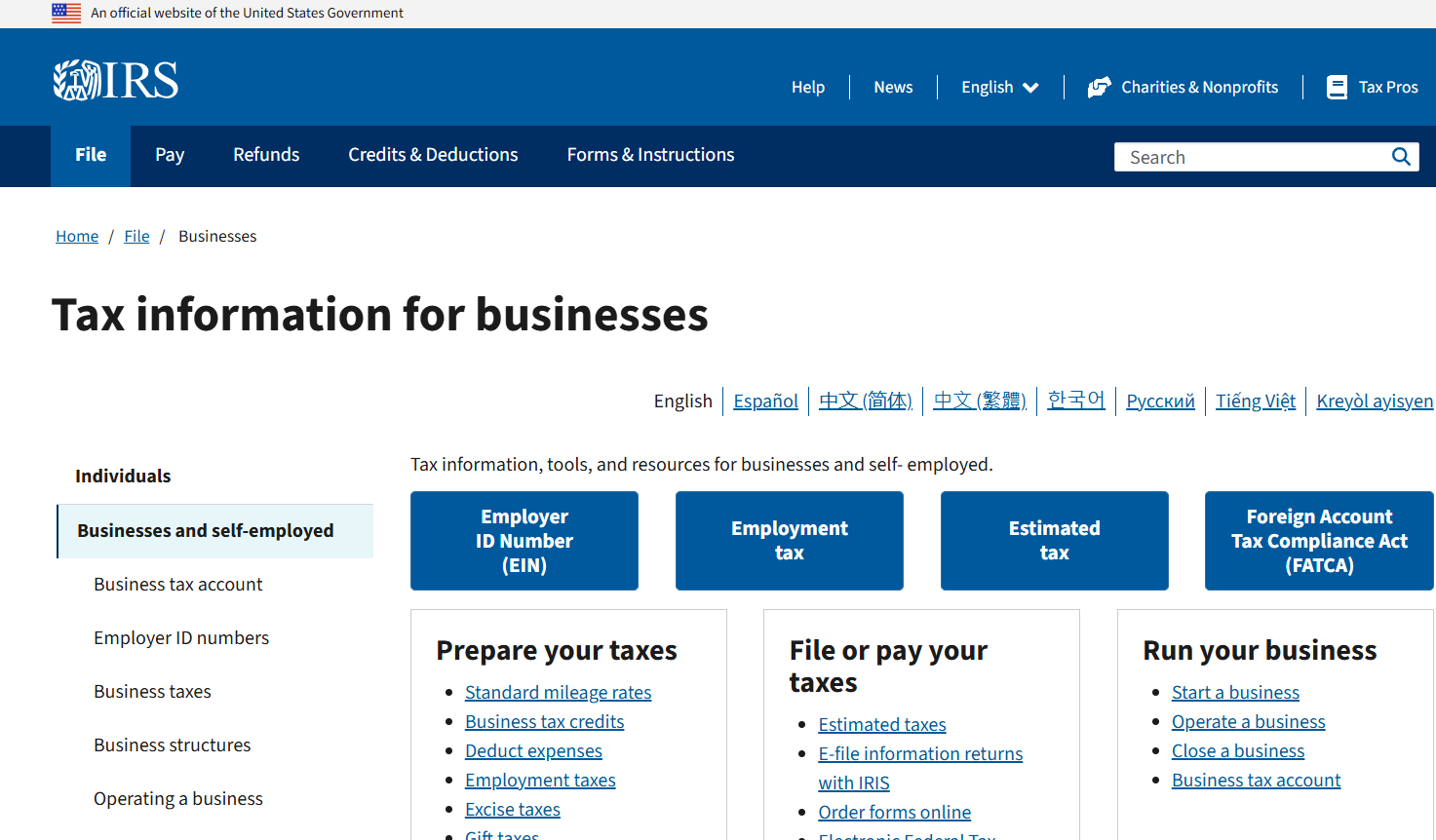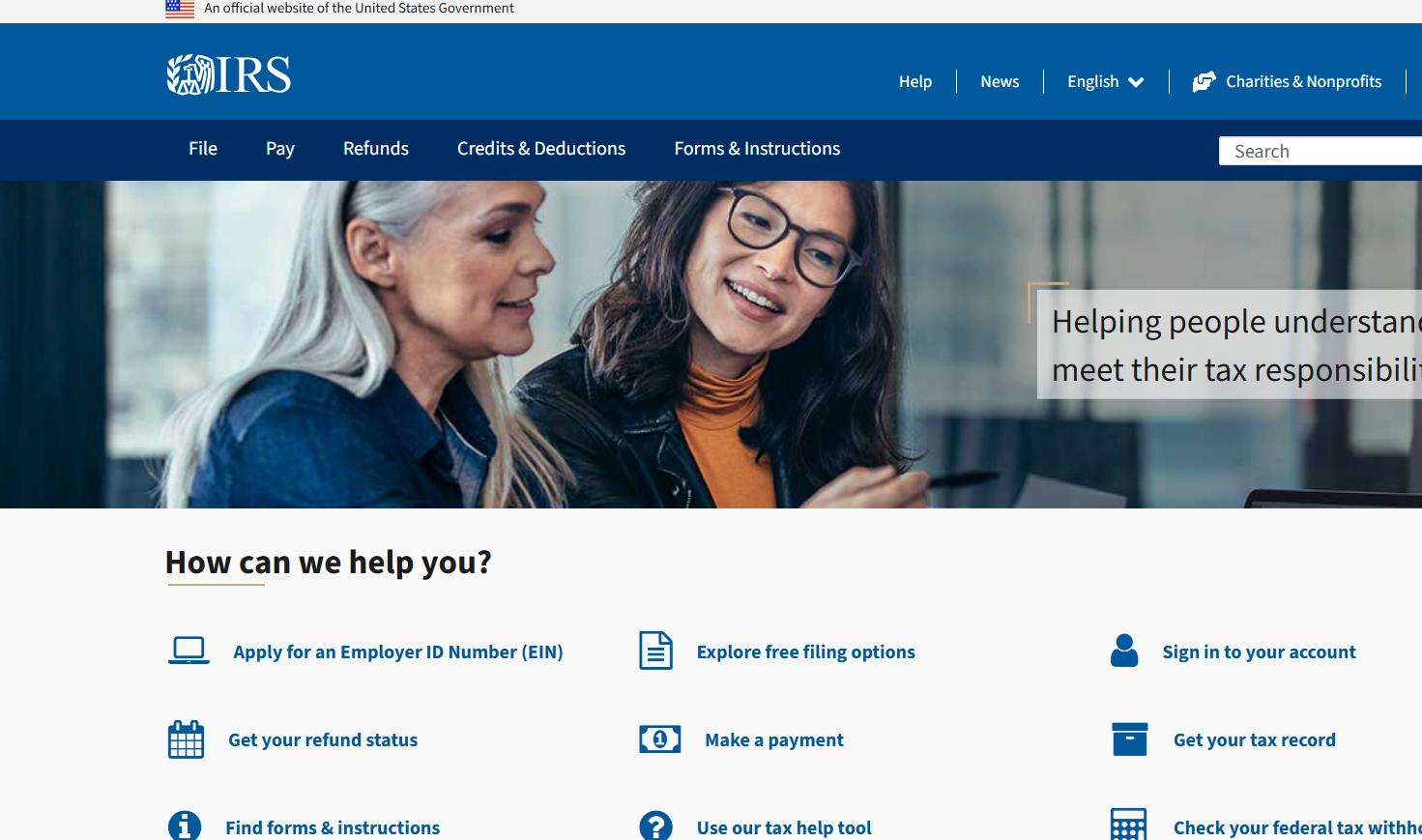New 20% Deduction for Qualified Business Pass-Through Income

Gregory S. Dowell
December 28, 2017
A new tax deduction was included in the recently passed tax law, the Tax Cuts and Jobs Act (the Act), that will take effect in 2018. While the law is very new and is still being studied, it appears that this provision should provide a substantial tax benefit to individuals with “qualified business income” from a partnership, S corporation, LLC, or sole proprietorship. This income is sometimes referred to as “pass-through” income.
The deduction is 20% of the “qualified business income (QBI)” from a partnership, S corporation, or sole proprietorship, defined as the net amount of items of income, gain, deduction, and loss with respect to the trade or business. The business must be conducted within the U.S. to qualify, and specified investment-related items are not included (for instance, capital gains or losses, dividends, and interest income, unless the interest is properly allocable to the business). The trade or business of being an employee does not qualify. Also, QBI does not include reasonable compensation received from an S corporation, or a guaranteed payment received from a partnership for services provided to a partnership’s business.
The deduction is taken “below the line”. It reduces taxable income but not adjusted gross income. It is available regardless of whether deductions are itemized or the standard deduction is claimed. In general, the deduction cannot exceed 20% of the excess of the individual’s taxable income over net capital gain. If QBI is less than zero it is treated as a loss from a qualified business in the following year.
Rules are in place (discussed below) to deter high-income taxpayers from attempting to convert wages or other compensation for personal services into income eligible for the deduction.
For taxpayers with taxable income above $157,500 ($315,000 for joint filers), an exclusion from QBI of income from “specified service” trades or businesses is phased in. These are trades or businesses involving the performance of services in the fields of health, law, consulting, athletics, financial or brokerage services, or where the principal asset is the reputation or skill of one or more employees or owners. Here’s how the phase-in works: If taxable income is at least $50,000 above the threshold, i.e., $207,500 ($157,500 + $50,000), all of the net income from the specified service trade or business is excluded from QBI (joint filers would use an amount $100,000 above the $315,000 threshold, or $415,000.) If your taxable income is between $157,500 and $207,500, you would exclude only that percentage of income derived from a fraction the numerator of which is the excess of taxable income over $157,500 and the denominator of which is $50,000. For example, if taxable income is $167,500 ($10,000 above $157,500), only 20% of the specified service income would be excluded from QBI ($10,000/$50,000). (For joint filers, the same operation would apply using the $315,000 threshold, and a $100,000 phase-out range.)
Additionally, for taxpayers with taxable income more than the above thresholds, a limitation on the amount of the deduction is phased in based either on wages paid or wages paid plus a capital element. Here’s how it works: If your taxable income is at least $50,000 above the threshold, i.e., $207,500 ($157,500 + $50,000), your deduction for QBI cannot exceed the greater of (1) 50% of your allocable share of the W-2 wages paid with respect to the qualified trade or business, or (2) the sum of 25% of such wages plus 2.5% of the unadjusted basis immediately after acquisition of tangible depreciable property used in the business (including real estate). So if your QBI were $100,000, leading to a deduction of $20,000 (20% of $100,000), but the greater of (1) or (2) above were only $16,000, your deduction would be limited to $16,000 (it would be reduced by $4,000). If taxable income were between $157,500 and $207,500, you would only incur a percentage of the $4,000 reduction, with the percentage worked out via the fraction discussed in the preceding paragraph. For joint filers, the same operations would apply using the $315,000 threshold, and a $100,000 phase-out range.
Other limitations may apply in certain circumstances, e.g., for taxpayers with qualified cooperative dividends, qualified real estate investment trust (REIT) dividends, or income from publicly traded partnerships.
Some nuances of the implementation are unclear but, suffice it to say that this deduction will affect a number of business owners. In the coming months, we will know more about this provision and be able to discuss the potential impact with you.










